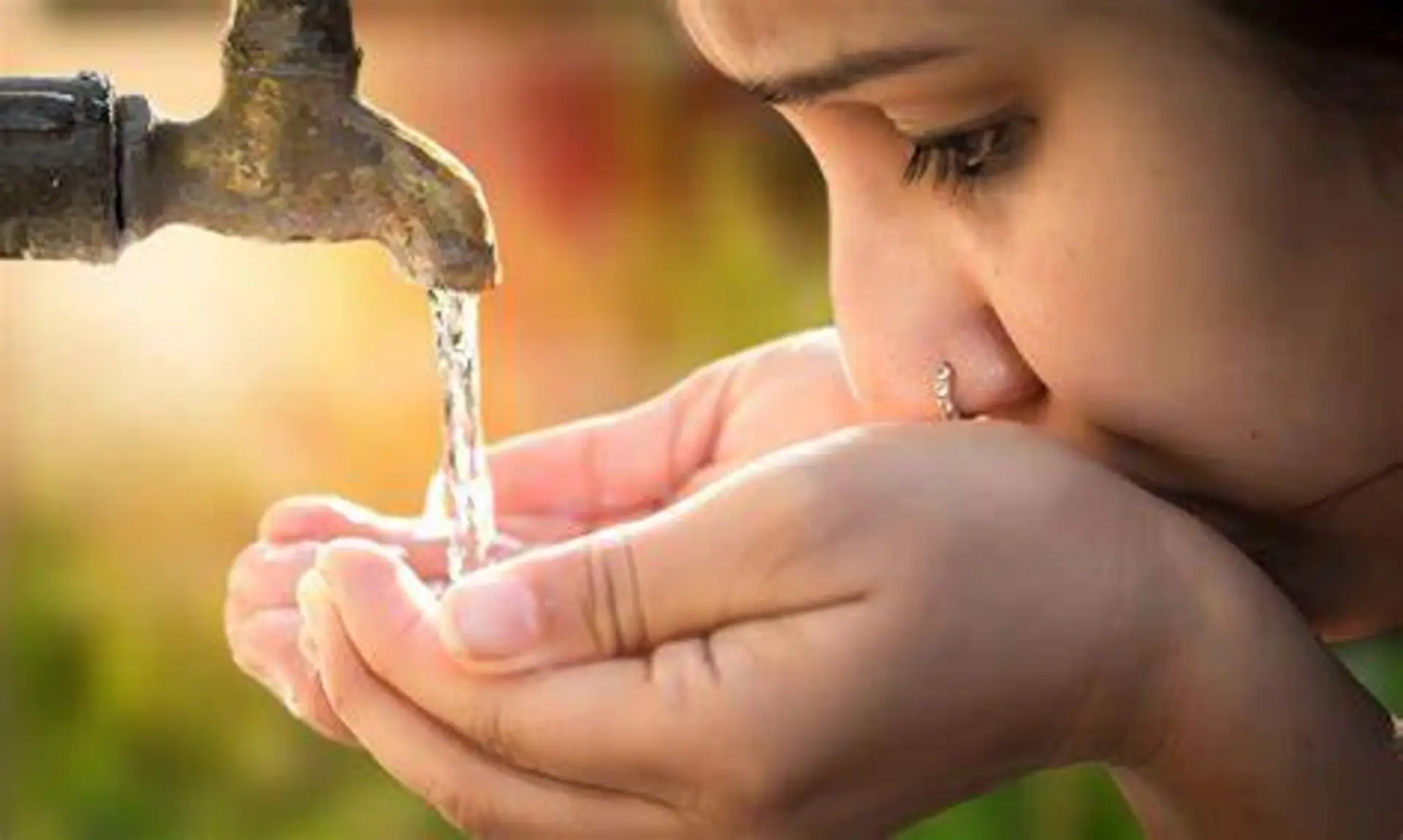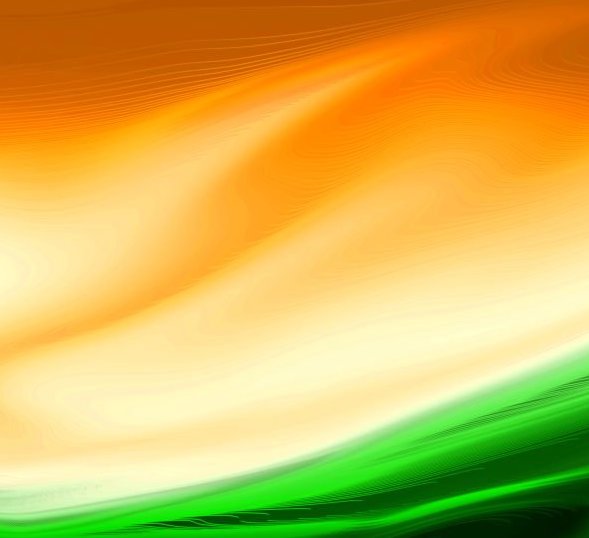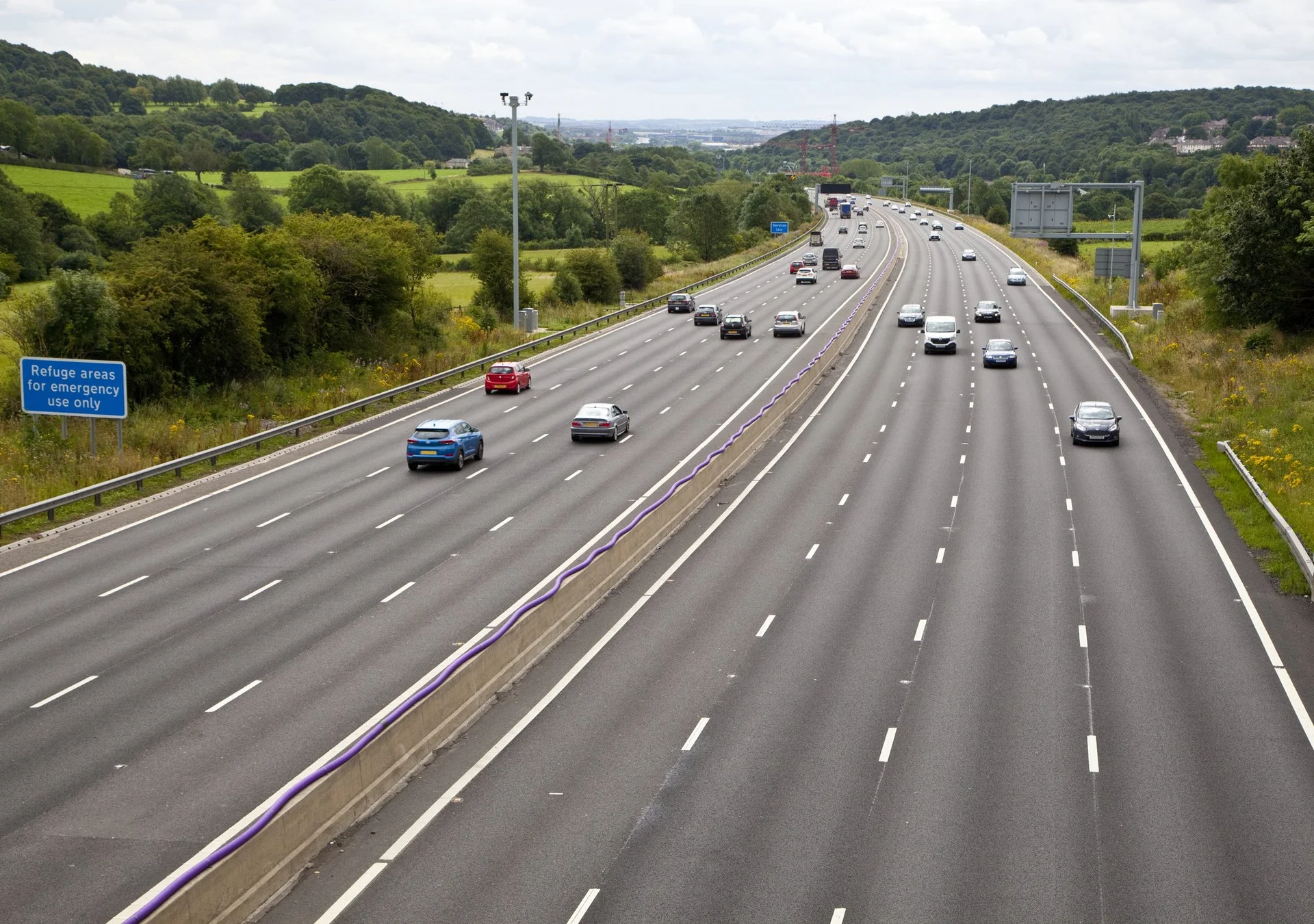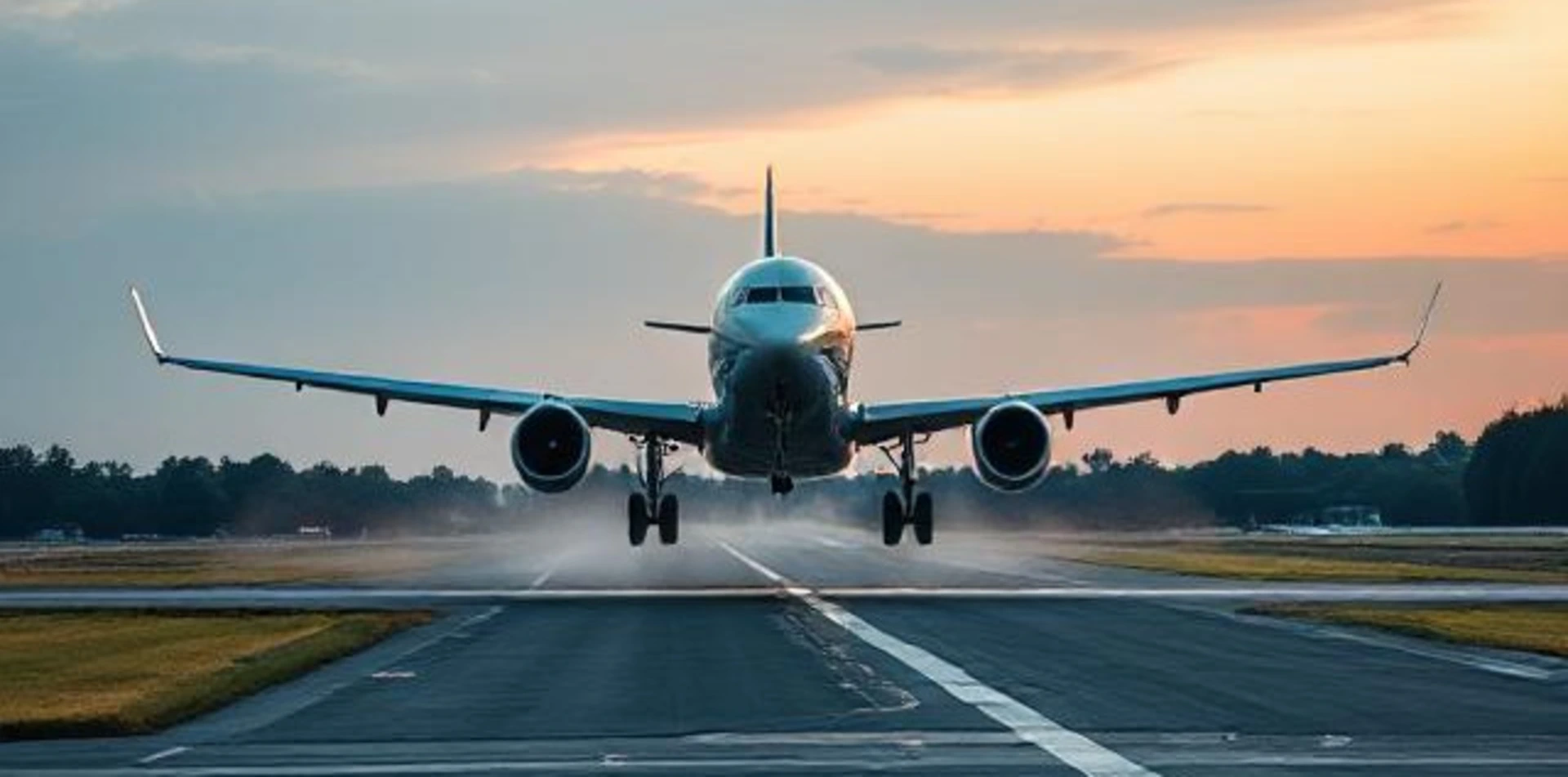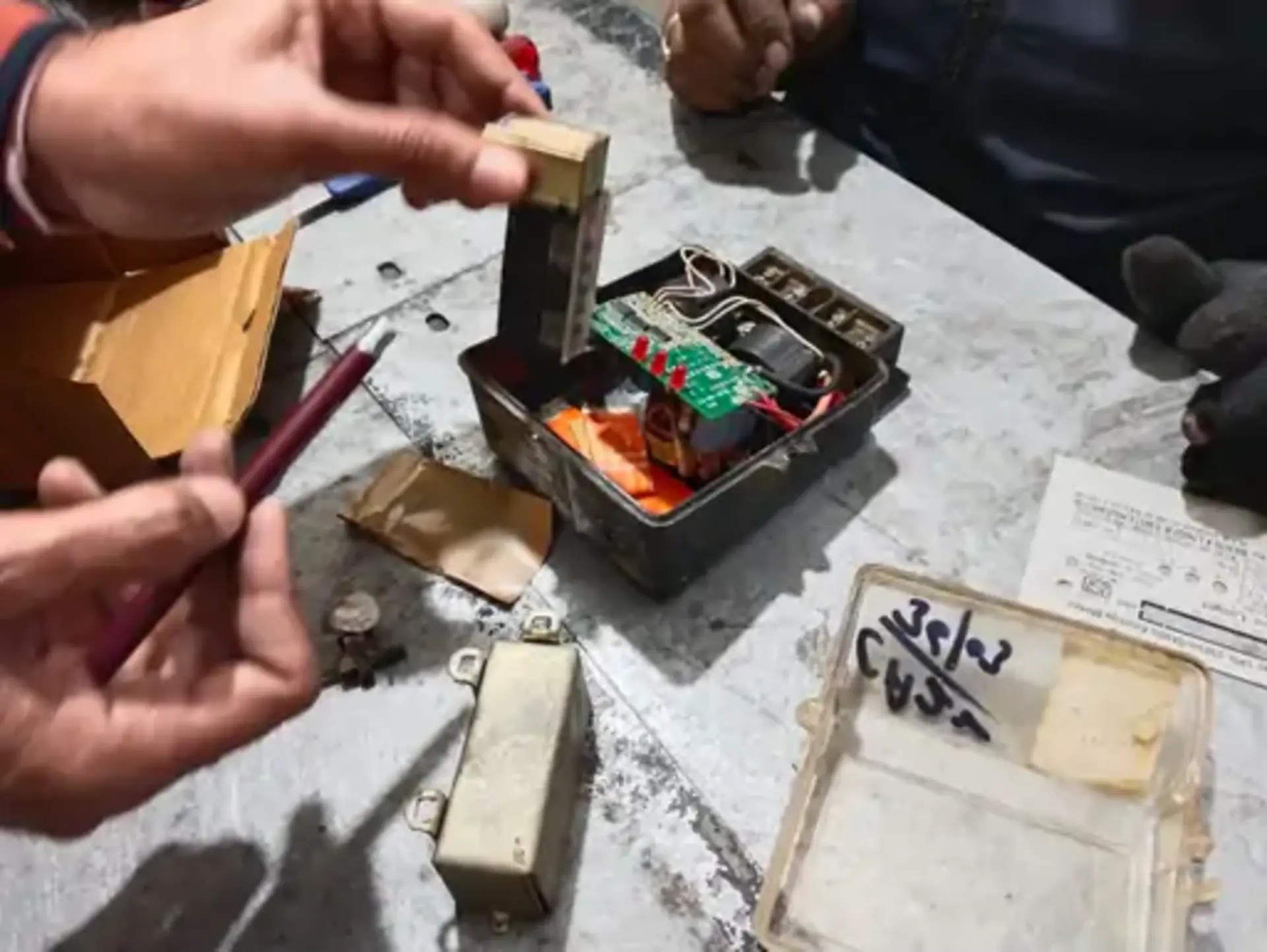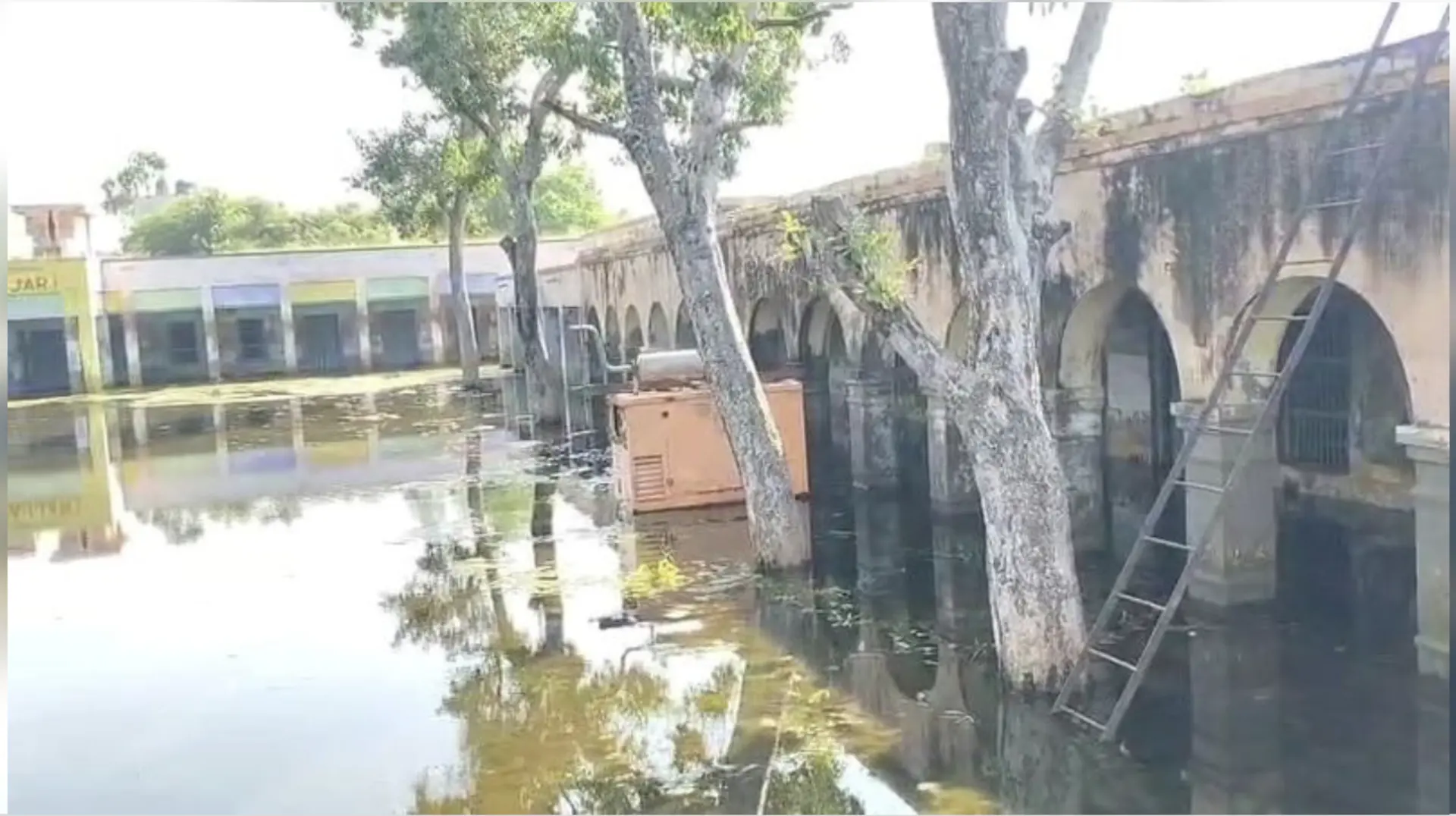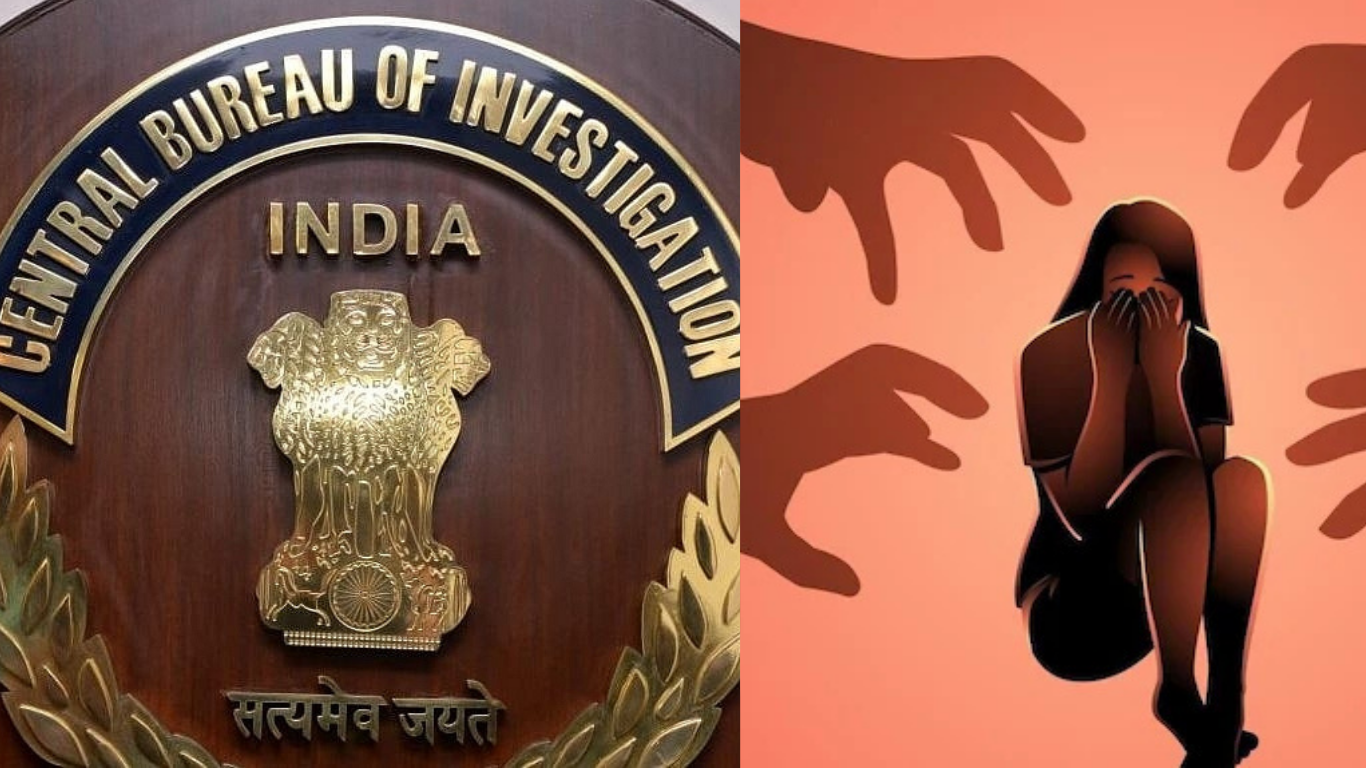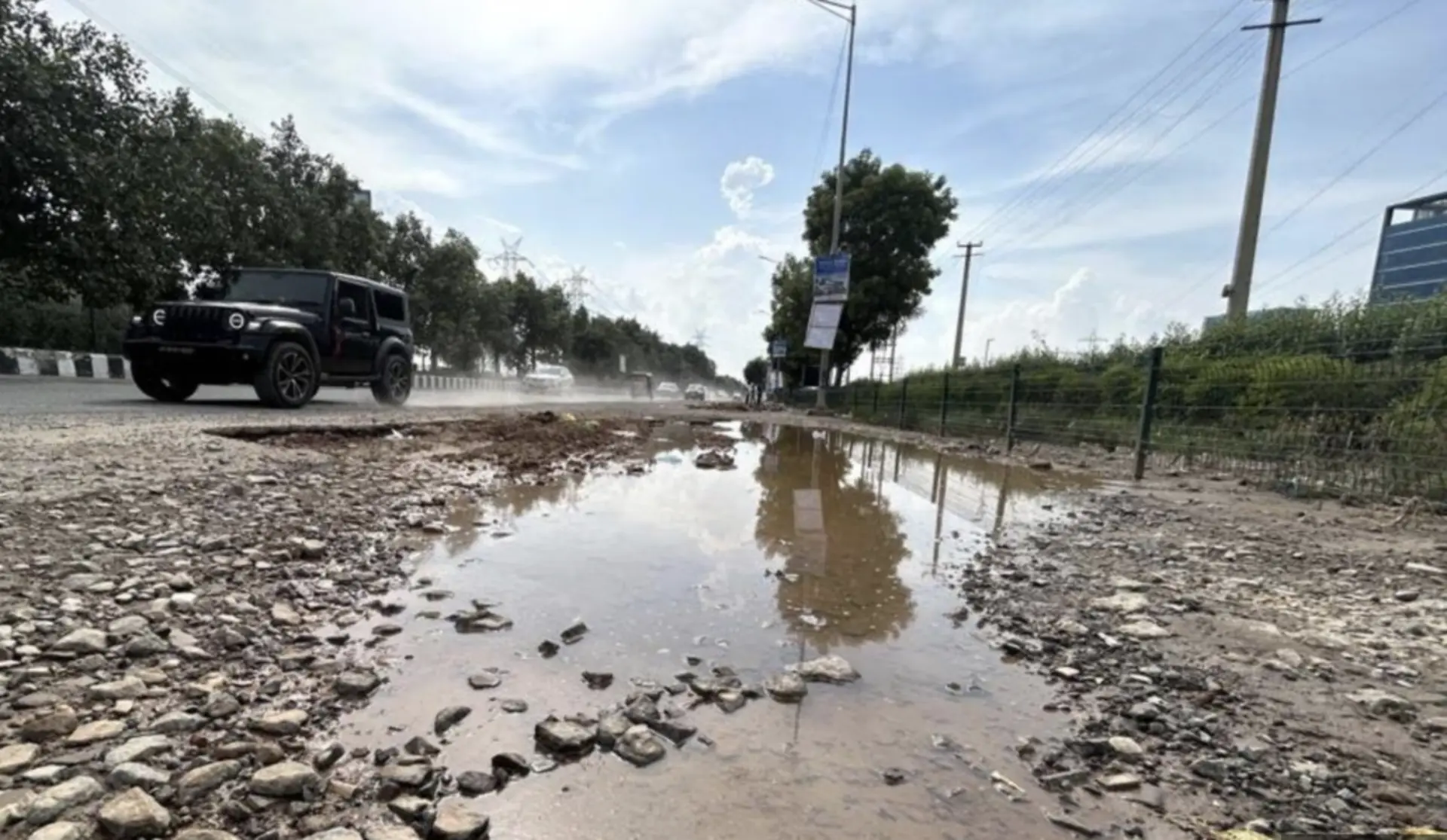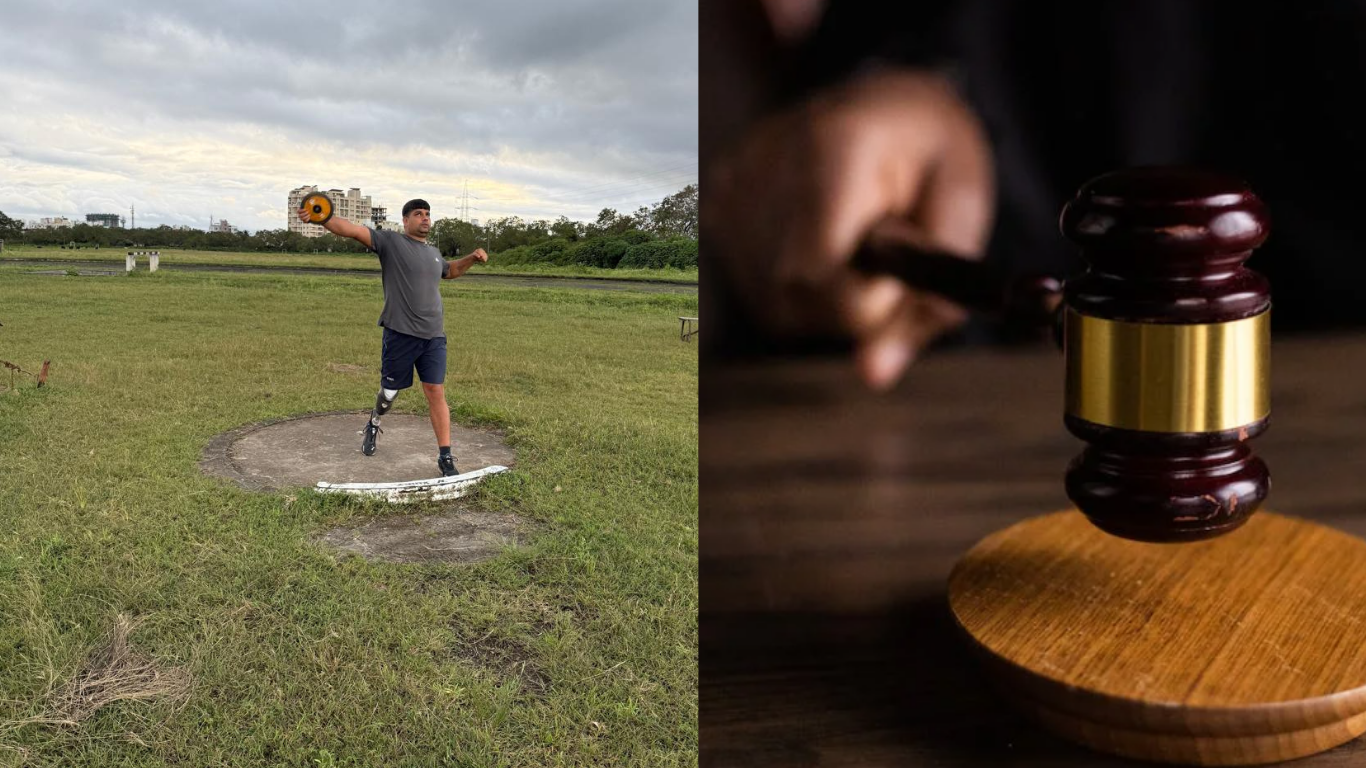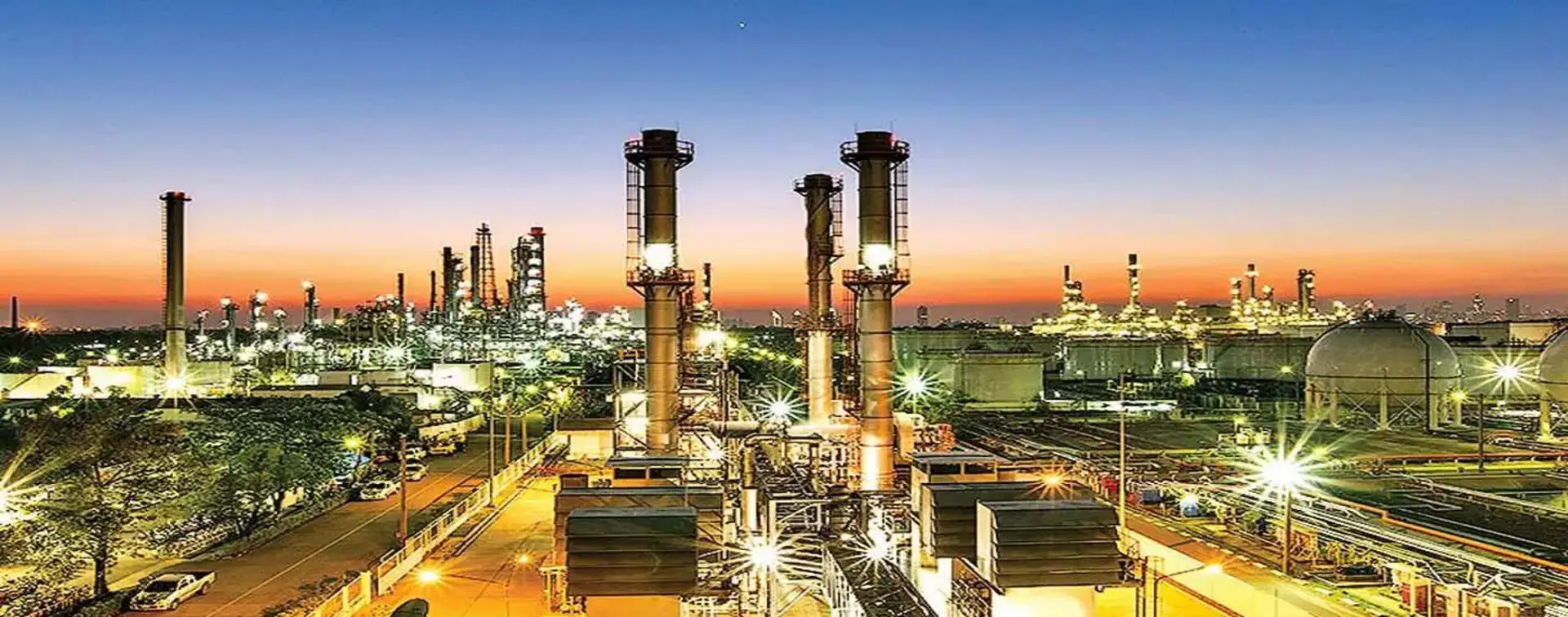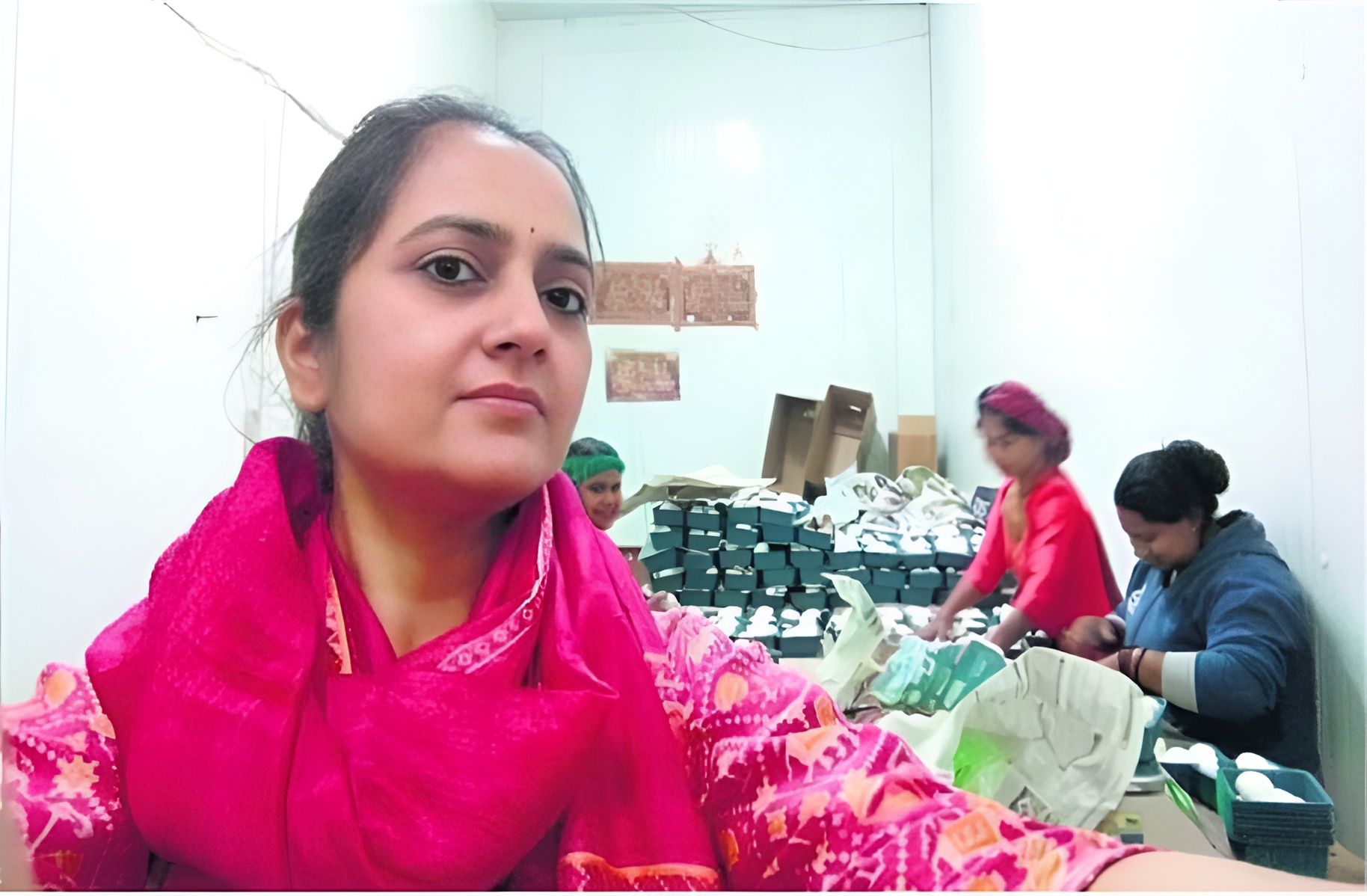
Haryana's drinking water quality has reached a concerning level according to recent figures disclosed by Minister of State for Jal Shakti V Somanna in the Rajya Sabha. On testing in 2023-24 6,782 samples out of the 69,702 samples failed quality standards, representing a 9.7% failure rate. The breakdown shows 1,275 samples with chemical contamination and 5,507 with bacteriological contamination, painting a worrying picture of the state's water supply system.
District-wise Analysis Reveals Hot Spots
The data highlights significant geographical disparities in water quality across Haryana. Bhiwani district emerged as the most affected area with 894 failed samples, followed closely by Charkhi Dadri with 689 failed samples. More concerning is the fact that remedial measures were not implemented in 188 cases of chemical contamination and 584 cases of bacteriological impurities, leaving residents exposed to potentially harmful water conditions.
Historical Pattern Shows Persistent Issues
The current crisis is not an isolated incident. Looking at previous years' data reveals a troubling pattern. In 2022-23, the situation was even worse, with 16,124 samples failing out of 82,725 tests - a staggering 20% failure rate. The Comptroller and Auditor General's (CAG) report from 2023 further confirmed these concerns, noting the presence of coliforms, frogs, and algae in drinking water supplies between 2016 and 2021.
Neighboring States Show Better Performance
The neighboring states of Haryana maintain significantly better water quality standards. Himachal Pradesh reported a mere 0.1% failure rate, while Punjab showed 1.8%. Similarly, Jammu & Kashmir and Uttarakhand maintained impressive standards with only 0.2% and 0.1% failure rates respectively, highlighting the need for urgent improvement in Haryana's water management systems.
The situation calls for immediate attention from state authorities, especially considering that drinking water is a state subject. While the central government provides technical and financial assistance through the Jal Jeevan Mission, the implementation and maintenance of water supply schemes remain under state jurisdiction.



